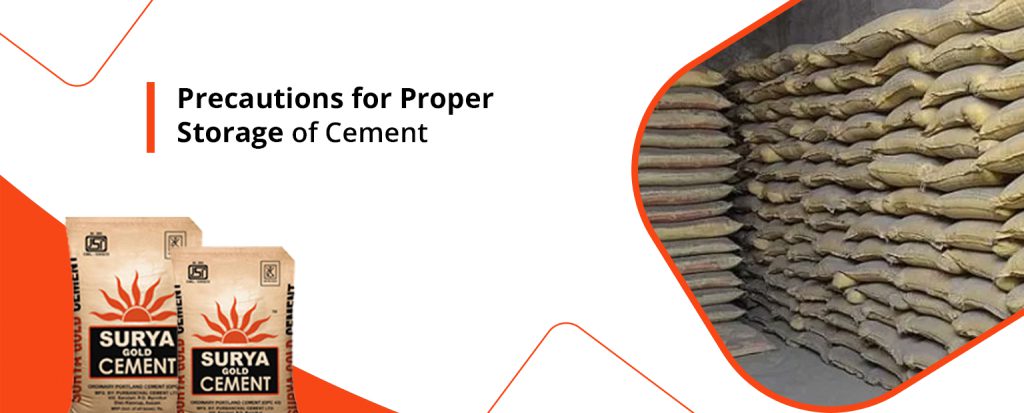The Indian cement industry is one of the leading industries in the whole world. It reached such a destination within 120 years. But even today though it has achieved sustainability, some deficiencies are found in this sector. And to address those gaps GOI is relentlessly introducing new initiatives.
History of Cement Making in India:
The journey of the cement industry started almost 100 years ago. It was first initiated in Chennai, Tamil Nadu, in 1904. But this attempt was unsuccessful, and 1913-14 Portland Cement came into the market on a large scale. World War I helped to flourish the cement industry. Six new plants were implemented in 1922-23, with a manufacturing capacity of 5.59 lac tons.
From 1934 to 1937, a set of several plants were established in Punjab, Tamil Nadu, and Bihar. Cement had to be supplied from England at that time to India. The cost of imported cement was higher. Other variables including a surge in domestic demand, the accessibility of capital, an abundance of raw materials followed by a decline in foreign supply due to the war, affordable labor, government support, etc. also contributed to the industry’s rapid rise to prominence in India.
Today around 140 large cement industries and more or less 300 mini-industries have been set up to produce 300 million tons of cement. India’s cement industry is now the second largest industry in the world after China.
Present Situation of the Cement Industry in India:
In 2010, India could produce over 300 million tons of cement. By the end of 2020, India is expected to gain the ability to produce 550 million tons of cement. In previous years, we had already seen that cement production had almost doubled within a decade. Not only is the production rate growing, but along with its growth rate, the cement industry has achieved sustainability. Many business tycoons are investing money in this industry which gives a rapid pace in production along with the demands in these few years. As the cement industry has achieved sustainability, it is expected that it will continue to grow in the same way.
We are in the second position in the world in cement production after China for a reason. In the last decade, per capita consumption of cement has decreased. As a result, China has 1380 kg per capita cement consumption, but India has lagged with only 230 kg per capita consumption.
Future of the Cement Industry in India:
4.4 billion tons of cement were produced globally in 2021, according to Statista. Cement production was only 1.39 billion tonnes worldwide in 1995, indicating how much the building industry has expanded since then. As India wants to mark its position globally, by 2030, India has taken the initiative to increase per capita cement consumption.
Besides investing a lot of money, India has taken the initiative to build more, well, and right. Infrastructure is another reason for such a failure, and the Government is also taking initiatives in various sectors to construct a better ecosystem for the future cement industry of India.
Final Thoughts:
After a glorious period, India needs to be transformed if it wants to achieve a leading position. As India is one the rapidly growing developing countries and keeping in mind the importance of infrastructure, the Government of India and some industrialists are coming forward to ensure its longevity. India can regain its previous position within a decade through a combined effort.



